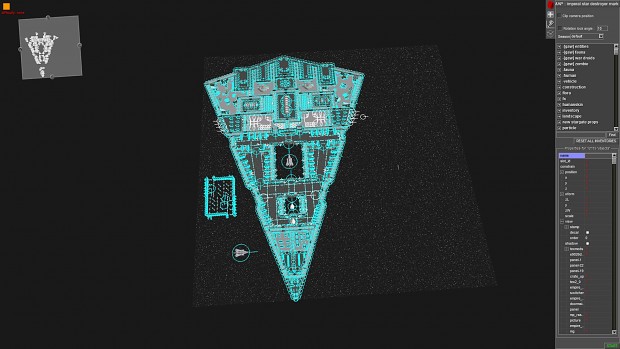

Enter the following command to do this: sudo chmod +x ~/1423/Linux/86_64 The Terraria Server file will contain an executable that must have execute permissions set to run the server.
#WHERE TO UPLOAD TERRARIA MAPS INSTALL#
Install it using your distribution’s package manager:Įxtract the archive: sudo unzip terraria-server-* You will need the unzip utility to decompress the. Next, remove the Terraria rule for IPv6 since it’s not needed: sudo ufw enableīefore you install Terraria, be sure the version you download is the same as the clients that will be connecting to it. If you don’t, you’ll terminate your SSH session and will need to access your Linode usingĪfter your rules are added, enable UFW. It’s important you add rules before enabling UFW. If needed, install UFW: sudo apt install ufwĪdd SSH and a rule for Terraria. UFW (Uncomplicated Firewall) is an iptables controller packaged with Ubuntu, but it’s not installed in Debian by default. The output of the last command should be similar to: dhcpv6-client ssh terraria Sudo firewall-cmd -zone=public -permanent -list-services Terraria Open TCP port 7777 for incoming Terraria client connections.Įnable the firewalld service, reload firewalld and verify that the Terraria service is being used: sudo firewall-cmd -zone=public -permanent -add-service=terraria You may also wish to set the timezone, configure your hostname, create a limited user account, and harden SSH access.
#WHERE TO UPLOAD TERRARIA MAPS UPDATE#
Setting Up and Securing a Compute Instance guide to update your system. If you have not already done so, create a Linode account and Compute Instance. If your Linode does not meet Terraria’s minimum requirements, the process will crash intermittently. For this reason, we recommend using ourĤGB plan or higher when following this guide. This includes recent versions of CentOS, Debian and Ubuntu, Arch Linux and Fedora.ĭue to Terraria’s system requirements, a Linode with at least two CPU cores and adequate RAM is required. These steps are compatible with any Linux distribution that uses This guide outlines the steps required to run a Terraria server for yourself and others to play on. Support for Linux, which means that players can host their own standalone Terraria servers. In 2015, the Terraria developers announced Minecraft, which allows players to explore, build, and battle in an open world. Terraria is a two-dimensional sandbox game, similar to


 0 kommentar(er)
0 kommentar(er)
